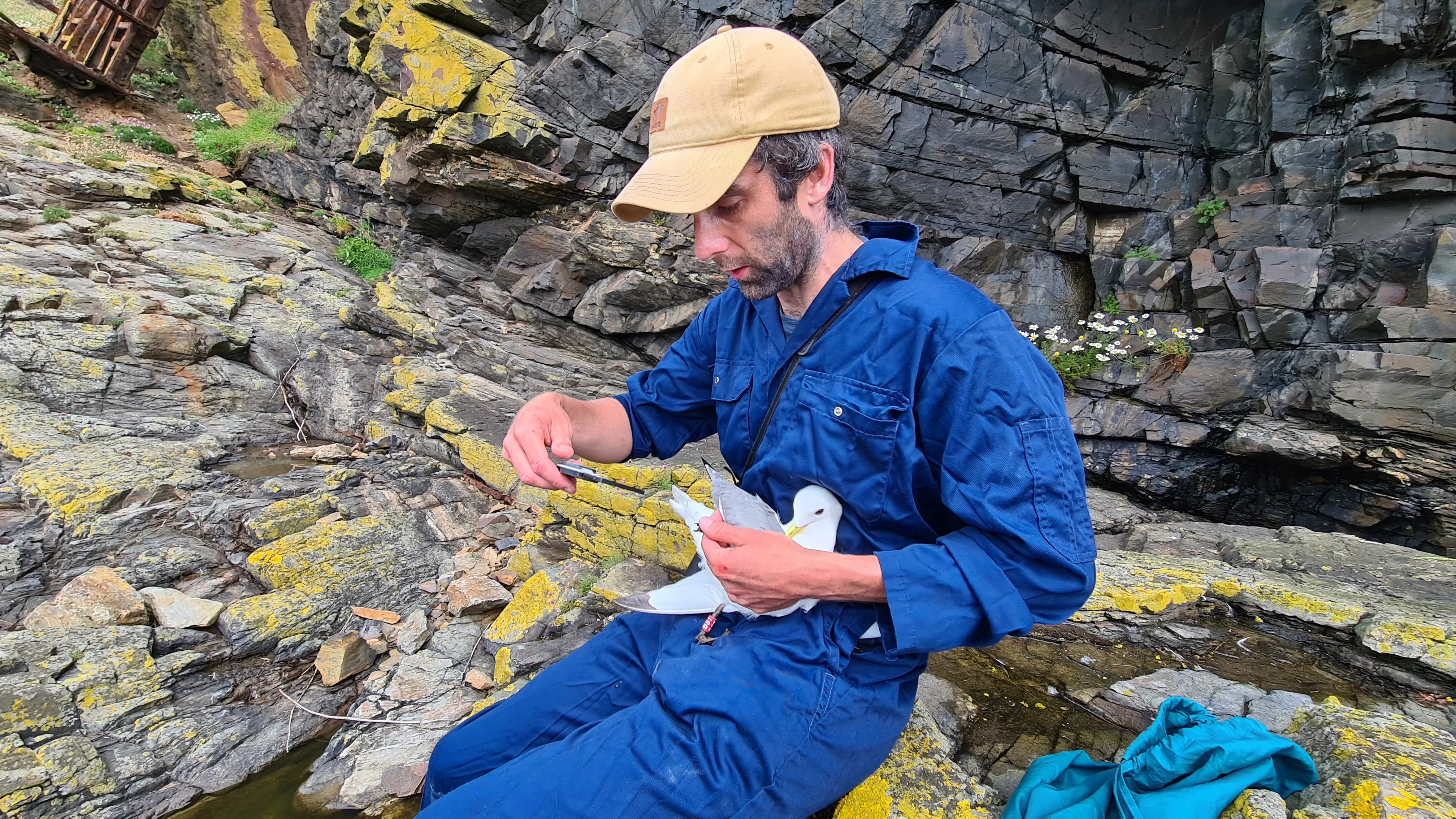Citation

Abstract
Capsule
Six months into an unprecedented high pathogenicity avian influenza outbreak in wild birds, expert elicitation highlighted significant uncertainty in the likely effectiveness of interventions to reduce the population-level impact, although carcass removal and vaccination of wild birds were scored as most likely to be beneficial.
Aims
To assess the potential effectiveness of a range of interventions to reduce the impact of high pathogenicity avian influenza upon wild bird populations.
Methods
Participants assessed risk for different species groups and scored the likely impact of different interventions on the probability of wild populations suffering high mortality from avian influenza (defined as five or more dead individuals clustered at a colony/population) through a modified expert elicitation approach during a virtual workshop.
Results
Estimates of mortality and responses to interventions were highly uncertain. Seabirds and wildfowl were regarded as being at greatest risk of high mortality. The top two interventions as ranked by participants were carcass removal (particularly for raptors, seabirds and other vulnerable species) and vaccination. Both interventions were regarded with high uncertainty and likely to only be feasible in certain circumstances. Measures to reduce the possible effects of research or other activities in the countryside were regarded as unlikely to have an impact on viral spread and mortality.
Conclusion
No conservation interventions were identified as likely to result in a large reduction of the risk of high mortality in wild birds from avian influenza. The two most likely candidates, carcass removal and vaccination, both have significant practical challenges, but may work in some circumstances and therefore warrant further testing. Restrictions on research activities, including ringing and tagging, may be counter-productive by reducing the evidence available to understand the impacts and inform wild bird conservation.
This work was supported by the Department for Environment, Food and Rural Affairs, UK Government; the British Trust for Ornithology avian influenza appeal; Joint Nature Conservation Committee.

